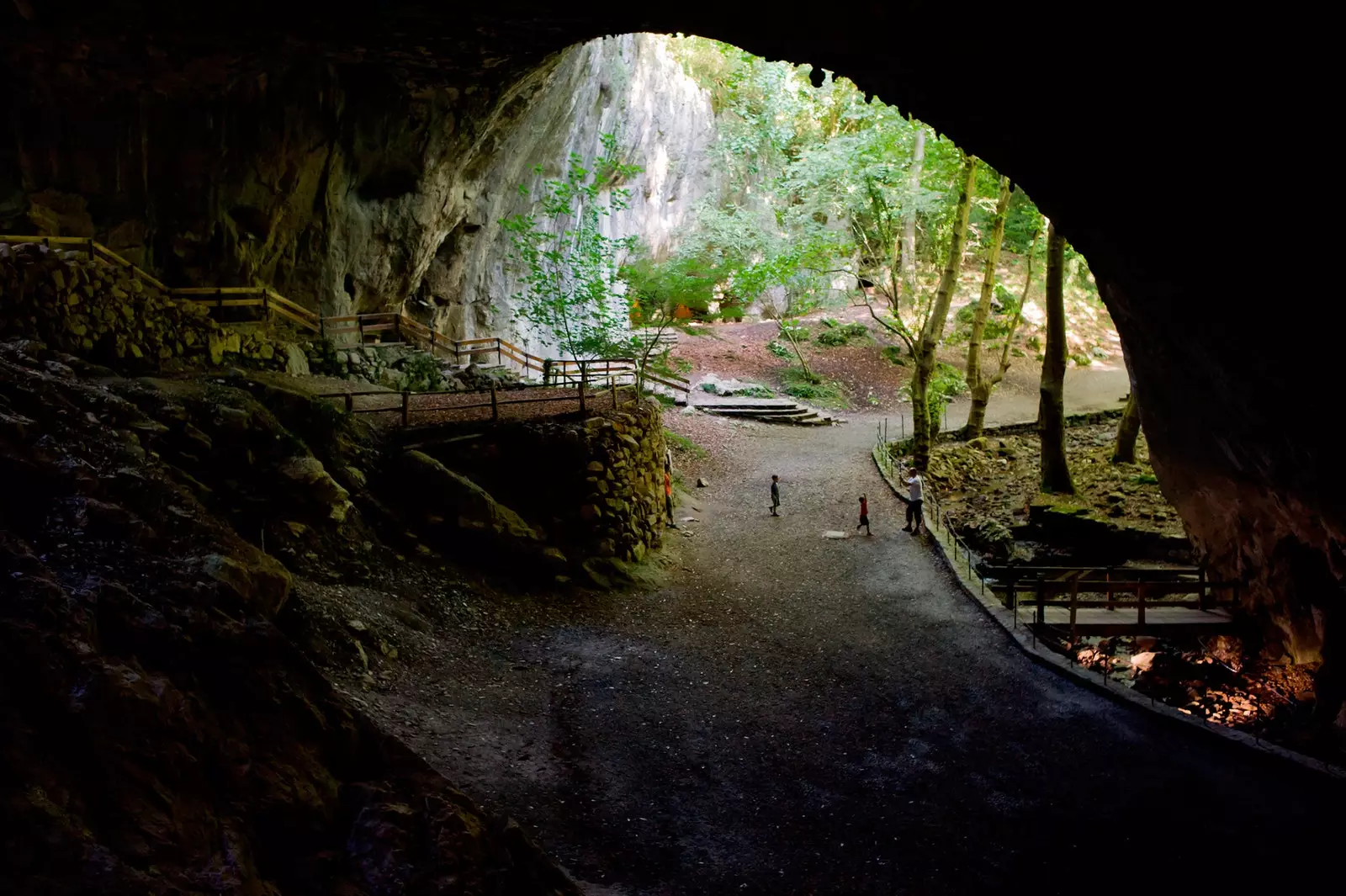
Zugarramurdi: there are no witches, but it gives yuyu
Without eating or drinking it, this town and its cave will become one of the national destinations this fall . It has a name that is already mysterious, but above all a history of myths, goats and covens capable of hooking anyone.
The second most visited monument in Navarre he is able to amaze historians , bewitching families and causing chills in the most suggestible. And without any 'Abracadabra' in between.
THE TRIAL THAT CHANGED THE WORLD… AND THE PEOPLE
Fame comes to the caves of Zugarramurdi for a raid (the old fashioned way, with flaming torches and bloodshot eyes) in the year 1610.
The Church was desperate to mark territory against heresies who came from Gallic lands and before the deeply rooted Basque rural beliefs. The mountains and forests of the The Pyrenees were not an easy terrain to control , so it did not hurt him that in a border village with France they heard talk of witchcraft and other barbarities.
In an auto-da-fe celebrated in Logroño he was executed to a series of women and men accused of having worshiped the devil , celebrate black masses and cause all kinds of evil in covens held in the caves of Sorginen Lezea.
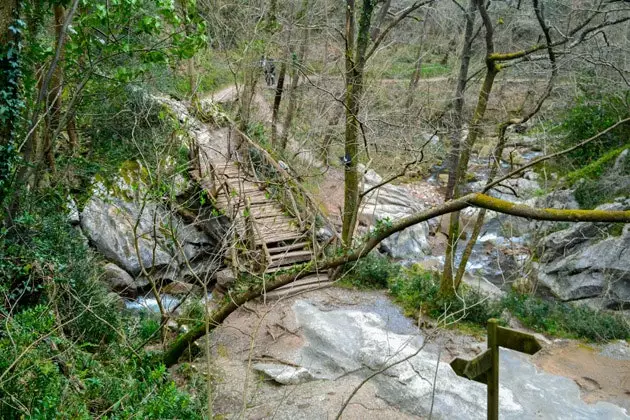
Bridges of the Zugarramurdi trails
This highly controversial judgment based solely on fallacies and unprovable evidence it caused some voices in the Church to cry out before the burning at the stake of innocents. The The case of Zugarramurdi meant a change in the way the Inquisition dealt with witchcraft , which has since been forced to judge based on true facts and not with popular accusations.
And it also changed the town, which 4 centuries later exhibits this karstic complex based on legends but telling the truth. And on top of that, it's pretty. Consequence: being the second most visited Navarrese monument behind the castle of Olite, bordering on 60,000 annual visits.
THERE WERE AND THERE ARE NO WITCHES
Don't run away from me. Here neither were nor are (nor probably will be) witches or warlocks, nor worshipers of Satan , neither crop burners nor broom pilots. Yes, there is evidence that in the cave and in the adjacent meadow they celebrated festivals in honor of fertility , represented in Basque mythology by the male goat. In fact, the name of the coven comes from Basque: aker means goat and larre means meadow.
These parties, which were probably motivated by narcotic substances and for the promise of a final bacchanal were the triggers of the fateful persecution. To this we must add that gene so cainite and fratricidal that pushes to accuse the neighbor tocanarices of anything when the circumstances accompany. Now if there were no witches what is the magic of this place?
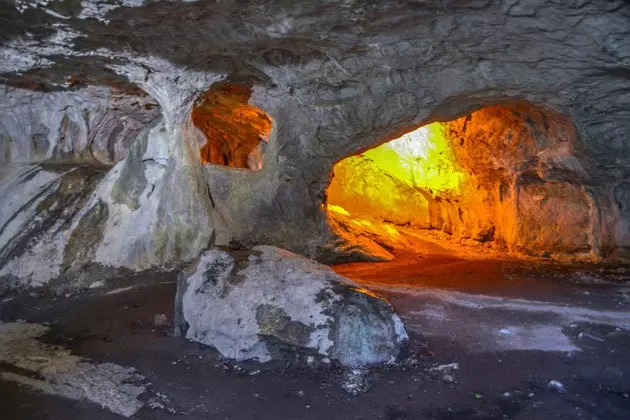
Caves 'heretics' of Zugarramurdi
Smugglers and Creeks
If we strip this place of myths and legends, we are left with a landscape of txapela . In fact, the indications of the trails invite you to first discover the surroundings and then, if that, end up entering the cave. Going up to the roof of the same one discovers a smiling town between meadows plagued by latxa sheep.
Zigzagging through the paths that open between the trees, a old smugglers route and several small bridges where they say they crossed taking advantage of the darkness and the complicity of the forest. In the daylight the place invites you to walk as if there were no tomorrow, as if the walk made you a better person.
THE CATHEDRAL OF EVIL AND THE ‘YUYU’
But of course, you have to enter the cave and understand what were the arguments of the inhabitants of Zugarramurdi to accuse their neighbors of heretical practices. And the truth is that the cave lends itself to it, so much so that it has come to be classified as the cathedral of evil. To the vaulted ceilings by nature, we must add a few details that are easy to suggest.
In the upper gallery, known as the coven , there is a stone in front of a small cavity. Well, in the eyes of inquisitors and enraged men with torches in hand, this stone was the altar where the black masses were celebrated and the small room served as a sacristy.
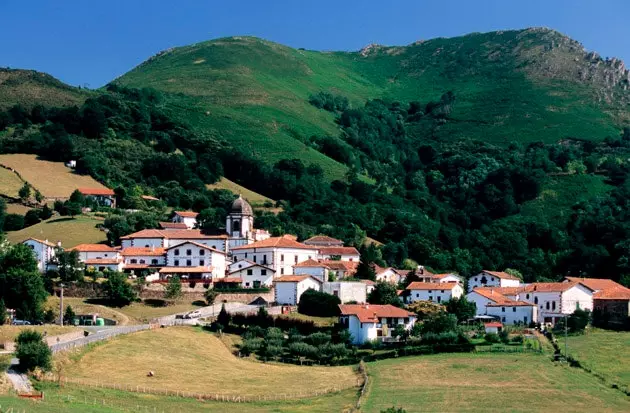
Views of the town of Zugarramurdi, Navarra
In the main gallery, although the light pours in from both sides, there is also room for juyu, for chills and imagination. A little passageway that opens on one side was, according to popular belief, the pulpit from where the Evil One appeared to his faithful.
Going through it, you also discover a small basin to cross yourself (yes, with your left hand and vice versa, in a satanic way) filled with water from a stalactite. And the most chilling: a rock outcrop in the shape of a ram's head, horns and bad slime included. Cagometer level raised to 100,000 cagahertz...
The natural state is recovered while sanity prevails. The lime kilns located inside the cave help to take the edge off the situation. End of the passage of terror.
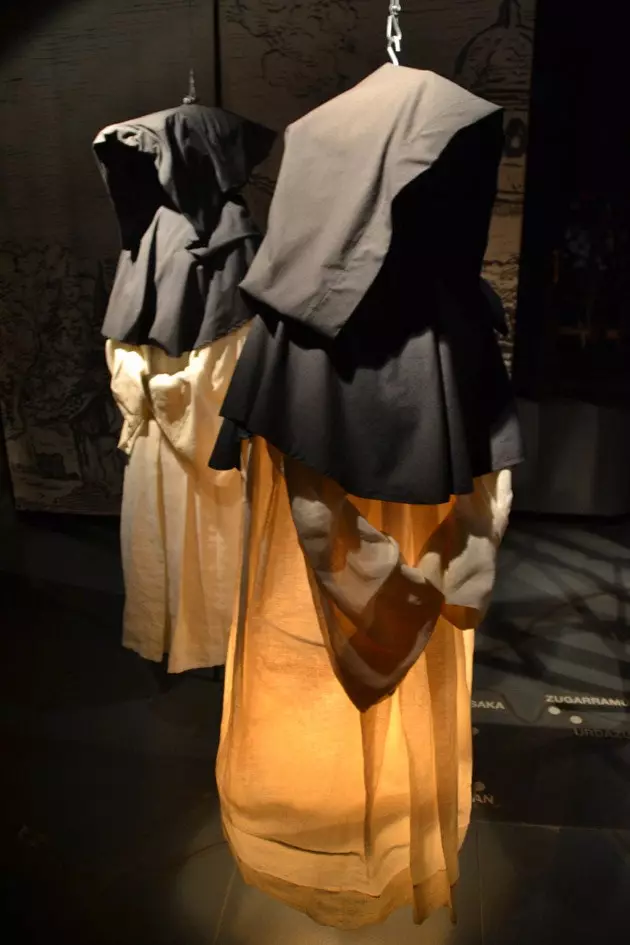
Museum of the witches of Zugarramurdi,
WOW, A MUSEUM!
In the first streets of the town is the Zugarramurdi Witch Museum, a highly recommended space, even though the most impressive part has already been visited.
In their different floors they count the history of the auto de fe , explaining a bit the bad milk that the Inquisition had as well as the origin of the myths of witchcraft. Cauldrons, brooms etc. They are nothing more than icons that come from a matriarchal and rural society.
But the museum also stands out as one of the most complete when it comes to explaining and illustrate the complex Basque mythology , speaking of their gods and the capital importance of the earth. The only sympathetic nod to the myth of witchcraft is that the exhibition is always traversed starting from the left. Yes, they could afford it.
